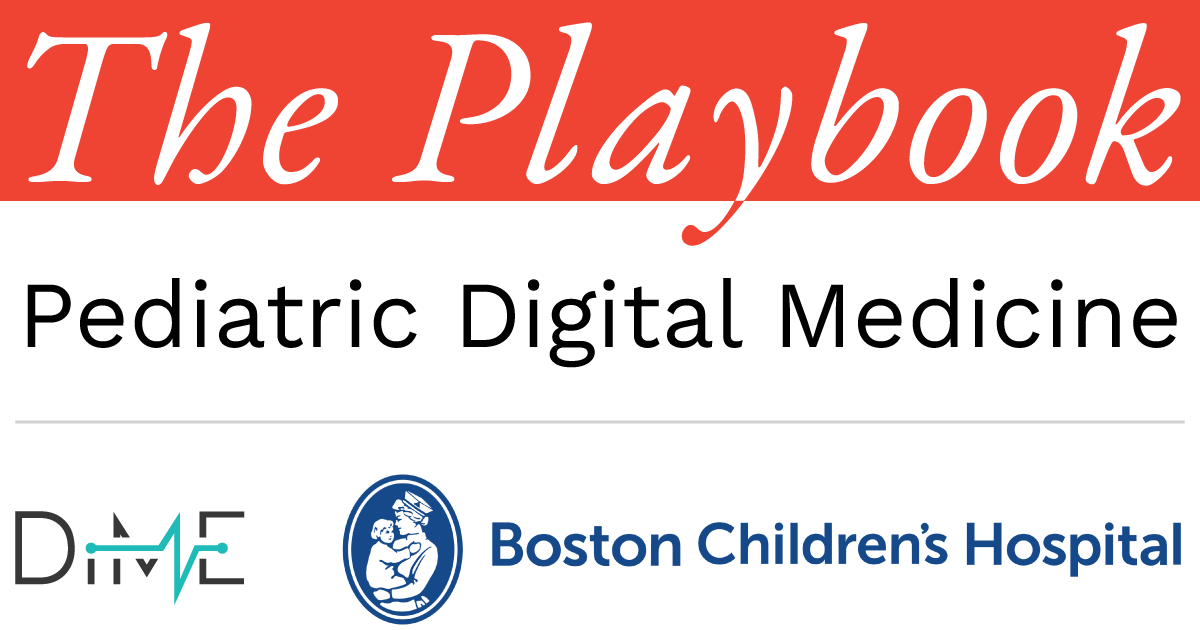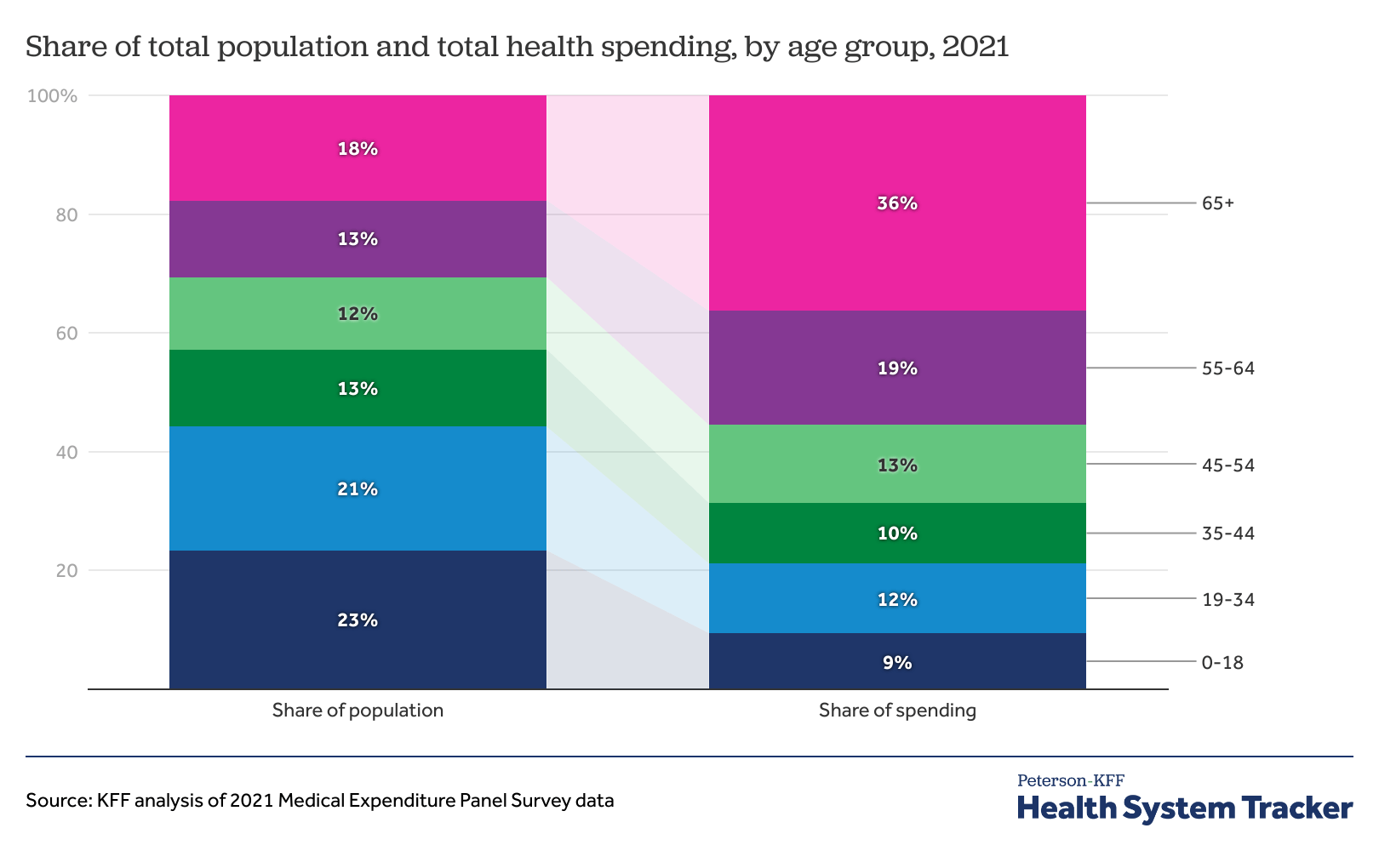
Chapter 1 – Section 2
The critical moment for pediatrics and digital health

Use this section to understand the growing prevalence of chronic conditions in children and discover the opportunity for your digital health technology to deliver personalized, preventative, and data-driven care – unlocking long-term value and improved health outcomes.
Why now?
The time is critical for advancing pediatric DHTs due to several key factors:

Chronic pediatric conditions are increasing. Asthma, diabetes, and mental health, which require long-term, data-driven care solutions that traditional healthcare models struggle to provide. With the rise of digital health, we now have the potential to provide more personalized and efficient care, which can improve both outcomes and quality of life for children.

Helping children live long, happy lives pays off. Early intervention can yield significant savings in the long run, as studies suggest that every dollar invested in prevention and treatment now can lead to substantial cost reductions and health benefits in the future.

Digital adoption is no longer a novelty but an expectation. The pandemic accelerated the use of telemedicine, digital therapeutics, and remote monitoring in pediatrics. Patients and caregivers are increasingly looking for health tools that go beyond treatment and offer real-time monitoring, preventative care, and personalized recommendations.
Closing the gap: Children and healthcare spending
Children represent the largest share of the national population, yet receive the lowest share of healthcare spending.
Pediatric healthcare encompasses a wide range of needs, from wellness and immunizations to developmental health, sick care, and rare diseases. However, children are generally healthier than adults and often need less intensive and costly medical care over time. This lower demand for medical services contributes to the disproportionate expenditures on their health. This phenomenon is sometimes referred to as budget dust, where children’s healthcare is considered a minor segment of the overall market, influencing fewer budget decisions and clinical priorities.
Budget dust:
Definition here
Children are not budget dust: Changing perspectives on value
Every $1 invested in pediatric preventative care saves between $2-$10 in future healthcare costs.
Major drivers of healthcare costs for adults:
- Heart disease
- Cancer
- Diabetes
- Arthritis
- Mental health
$4.5 trillion in total national expenditures
Are preventable or treatable conditions in childhood, such as:
- Mental health
- Pre-diabetes
- Asthma
- Social determinants of health
- Adverse childhood experiences
Early intervention and prevention are critical value drivers that can save billions of dollars across the lifespan

Meet Amir
Without effective asthma management in childhood, Amir could face an increased risk of developing severe respiratory issues as an adult. His journey with a DHT illustrates how early intervention can mitigate long-term health complications, improving his trajectory into adulthood.
Personas illustrate key points in action, showcasing real-world applications and practical scenarios based on fictional personas.

Meet Maya
Uncontrolled epilepsy in early childhood can lead to cognitive and developmental challenges later in life. With the support of a DHT, Maya’s care team is preventing serious episodes, setting her up for a healthier future.
Personas illustrate key points in action, showcasing real-world applications and practical scenarios based on fictional personas.

Key insights
Next gen innovation: Opportunities in pediatric digital health
Our partners at Rock Health recently reviewed where digital health is most impacting pediatric needs and shared consensus-driven guidelines for innovators. The report calls attention to:
- Hybrid approaches to care
- Supporting clinicians
- Leveraging schools as sites of care
- Working with Medicaid
- Navigating ethics and life stage transitions of children










